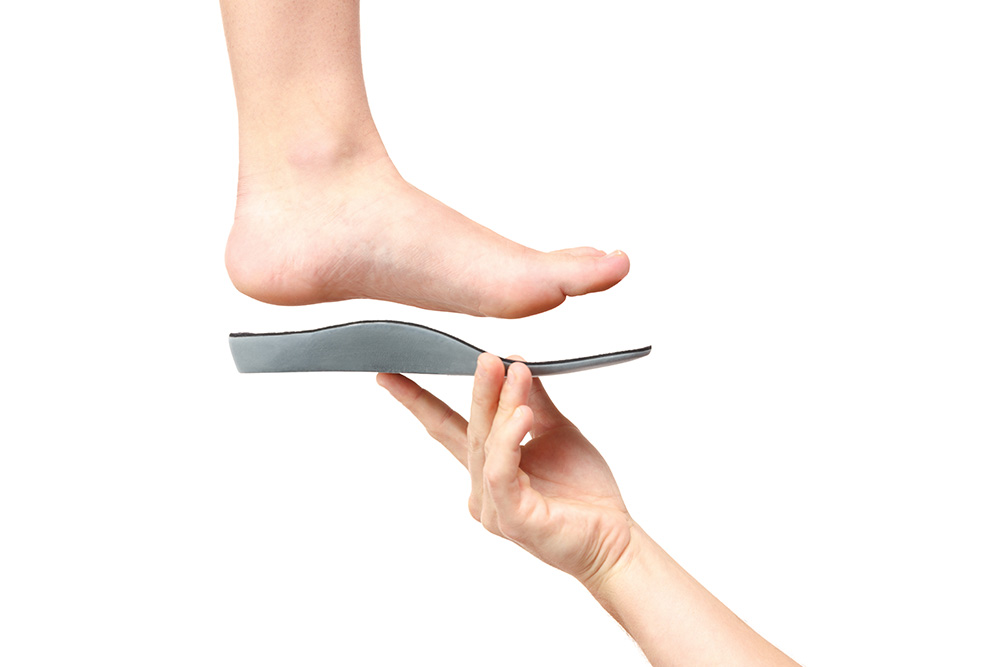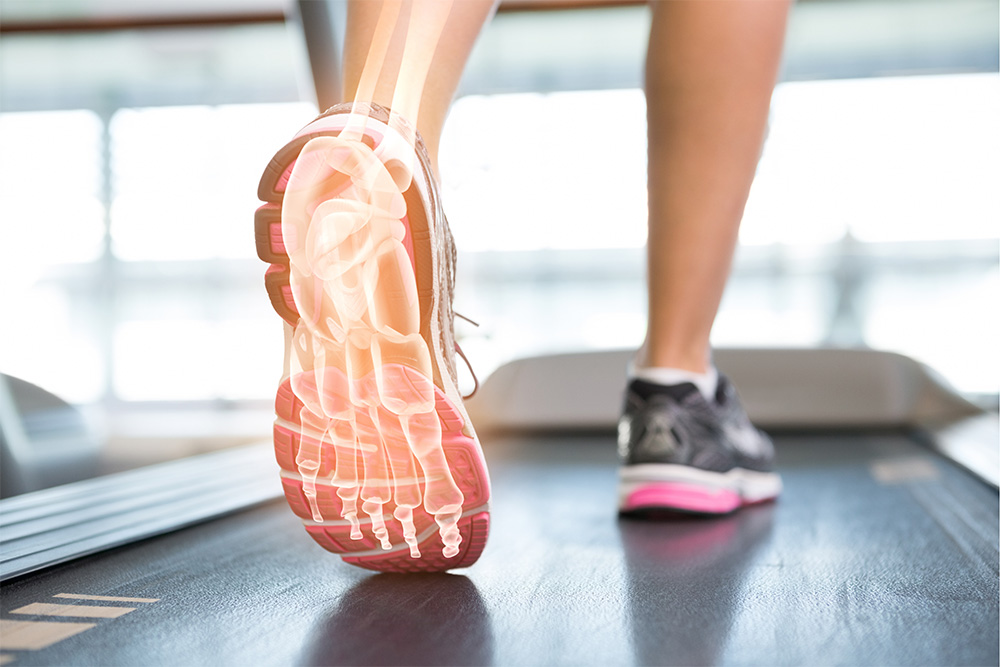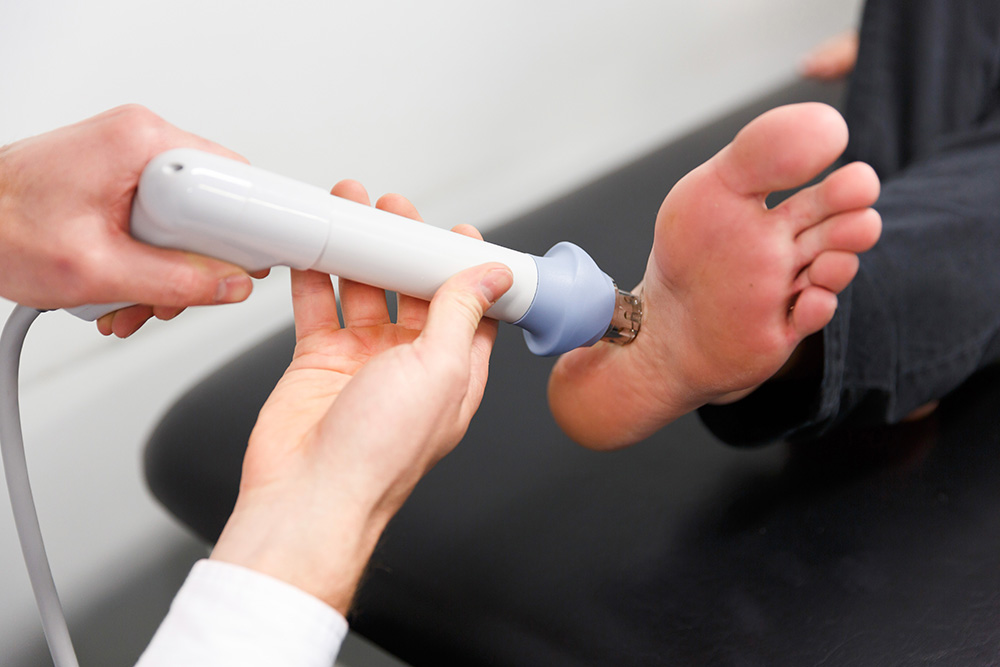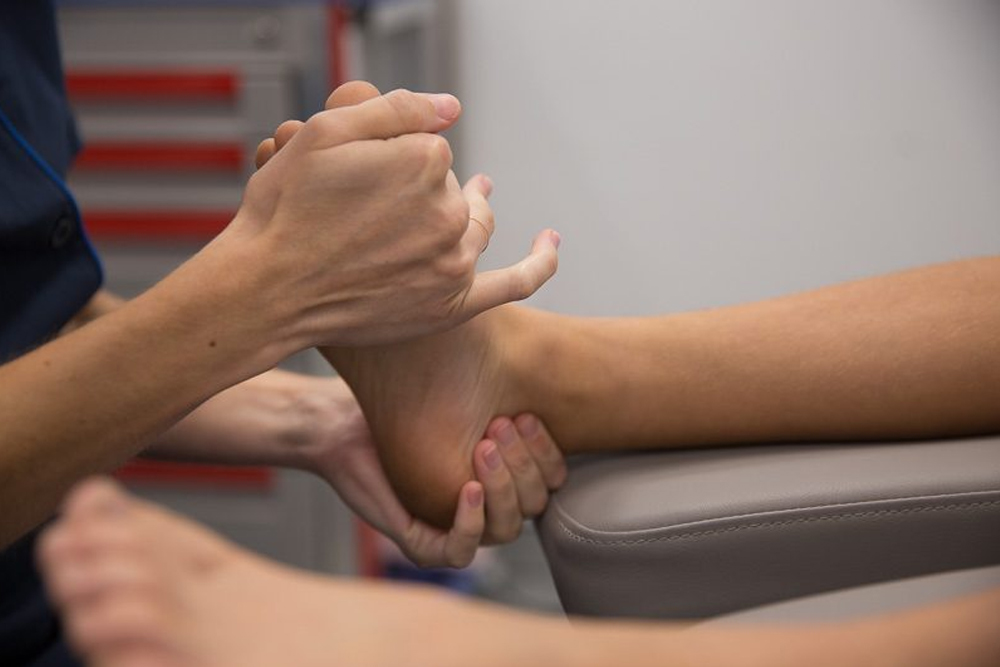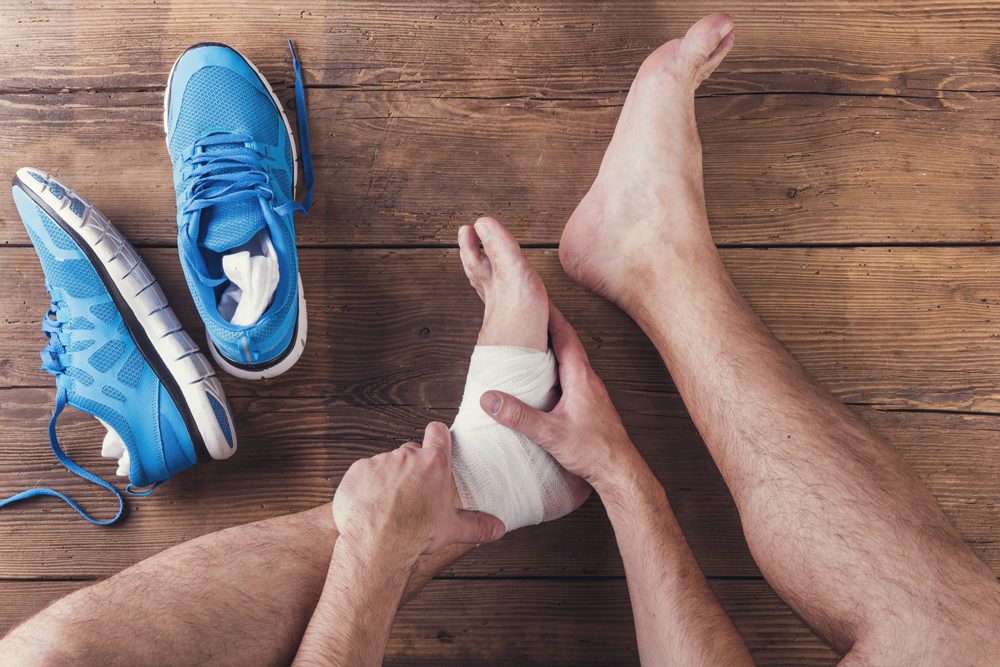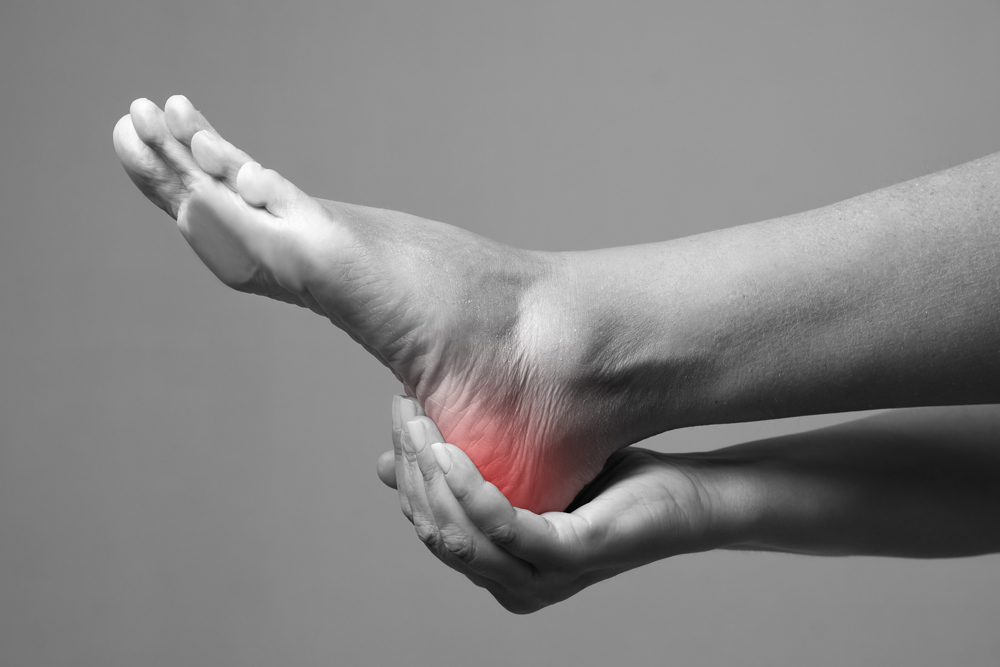
 Plantar Fasciitis is the leading cause of pain beneath the heel or into the inner arch of the foot. It is often commonly, yet mistakenly, referred to as a heel spur. To learn more about what heel spurs really are, click here.
Plantar Fasciitis is the leading cause of pain beneath the heel or into the inner arch of the foot. It is often commonly, yet mistakenly, referred to as a heel spur. To learn more about what heel spurs really are, click here.
Plantar fasciitis may be mistaken for impact trauma or a heel bruise, but in fact, it is caused by excessive strain to the long, flat connective tissue band in the arch known as the plantar fascia.
Heel pain can develop suddenly or evolve gradually over time. It can affect people of all ages, including children as young as 10-12 years, but is more common beyond the fourth decade of life, those in standing occupations like tradies and nurses, overweight individuals, and those involved in regular strenuous exercise.
Unlike many overuse injuries, plantar fasciitis generally fails to improve on its own with time and rest. The reason for this is actually quite simple; it is almost impossible to stop walking, which is when the fascia is engaged and working. With a condition such as a tennis elbow, you could avoid using it day-to-day, performing tasks with your other arm and keeping the painful elbow in a sling. This is not possible with our feet, and is why many people find that their heel pain becomes worse, not better. If your symptoms are worsening, the damage to your fascia will be too – injury and inflammation can quickly progress to a partial tear within the fascia, and in the worst case, to a rupture.
Most people suffering from plantar fasciitis suffer from extreme tenderness in the heel on the first few steps in the morning. Internally, the body is attempting to mend a structure that runs parallel to the sole of your foot. This mending (like an internal scab) is not yet strong enough to hold under pressure and is instantly strained when under the full force of standing.
As an analogy, consider a skin scab being ripped off each day – obviously the graze won’t heal as it is consistently being aggravated. In the same way, the mending of the structure under the foot is aggravated every time you stand on it. Furthermore, inflammation can cause swelling under the heel that is compressed when standing, also increasing your painful symptoms.
Nine Things You Must Know About Heel Pain
1. Don’t presume that all heel pain is plantar fasciitis
While plantar fasciitis is by far the most common form of heel pain, there are other causes of similar symptoms that are actually caused by nerve impingement, tendonitis, stress fractures, fat pad displacement and subsequent bone bruising, and inflammatory arthritis. Only with a thorough history, physical examination and the services of an experienced clinician can an accurate diagnosis be made.
2. Plantar fasciitis doesn’t just affect flat feet
Plantar fasciitis is common whether you have flat feet, high arches, or a normal or ‘neutral’ arch. The real skill is to identify the cause of the condition, of which there are often many, and then establish the correct treatment plan. Generally, higher arched feet require a strict stretching program and flat feet require a gradual strengthening program and more support for the arch and fascia.
3. Heel cushions don’t cut it
Silicone or foam heel cushions, commonly available from pharmacies, do nothing to actually cure this condition. At best, they will provide some temporary comfort. The reason is that your fascia needs to stop being overused and excessively strained as you move in order to repair – which the soft heel cushions don’t help with at all. On the other hand, hard and flat walking surfaces are certainly not favourable. This is where custom foot orthotics create the best environment for healing, long-term repair, and future injury prevention.
4. Not all orthotics are the same – even if they’re marketed as ‘custom’
Simple arch supports do not work in the long run, even if they’re marketed as being ‘custom’ or ‘specific’ for your feet. All these do is irritate the foot, by aggressively pushing into the arch instead of supporting the whole foot in its optimal functioning position.
Having treated nearly 100,000 cases of plantar fasciitis over the past 30 years, we have developed and produced a range of orthotics that are accurate, comfortable and effective orthotics.
5. Compression
Compression is often a forgotten aspect of plantar fasciitis treatment, yet it is one of the most important. Almost all joint, tendon and associated conditions benefit from compression to prevent excessive inflammatory oedema. The plantar fasciitis splint developed right here in Australia is now available to play this role, and is an invaluable tool in treating plantar fasciitis. They help immensely in getting our patients the best results in the shortest time.
6. Bare feet can set you backwards
You must strictly avoid being barefoot for the most efficient recovery from plantar fasciitis. Shoes with your custom orthotics and occasional use of podiatry prescribed arch support thongs must be worn at all times to allow the compounding healing effect to occur most rapidly.
When you move from these to bare feet, you immediately start overusing and straining your plantar fascia, incurring more damage, and setting your recovery (and symptoms) backwards. It’s not forever don’t worry – just until the fascia has healed sufficiently.
7. Footwear matters
Too flat, too high, too cushioned, or too hard shoes can aggravate heel pain. Your podiatrist will provide you with advice based on your foot type, circumstances, occupation and preferences. They will always give you the best advice for a quick and optimal recovery.
8. Injections
Historically, many doctors advocated an injection of local anaesthetic and corticosteroid to alleviate the symptoms of heel pain. The symptom relief, however, can be as short-lived as a few weeks, and the injection itself can be very painful. Nowadays, injections are generally reserved for recalcitrant cases in conjunction with other treatments.
Remember, injections work to mask the symptoms of plantar fasciitis, and not treat or repair the problem itself. If you hear of people whose pain has come back worse after the injection has worn off than before they had it, this is why – while continuing to walk normally on their damaged tissue because they could no longer feel the pain, the injury itself worsened.
9. Heel pain is curable! We do it every day
Despite common belief, and despite other well-meaning practitioners informing you that it may just be something you have to put up with going forwards, plantar fasciitis heel pain IS curable! Our podiatrists at My FootDr podiatry centres cure heel pain every day.
We have proven results with a 98% success rate of treating heel pain and plantar fasciitis, contact us for an appointment today and walk pain-free.




